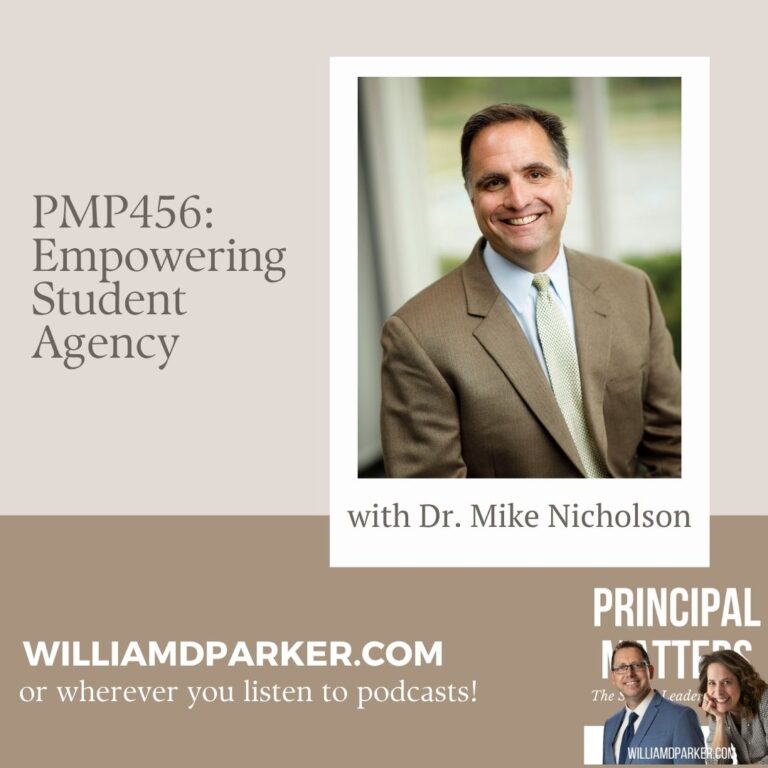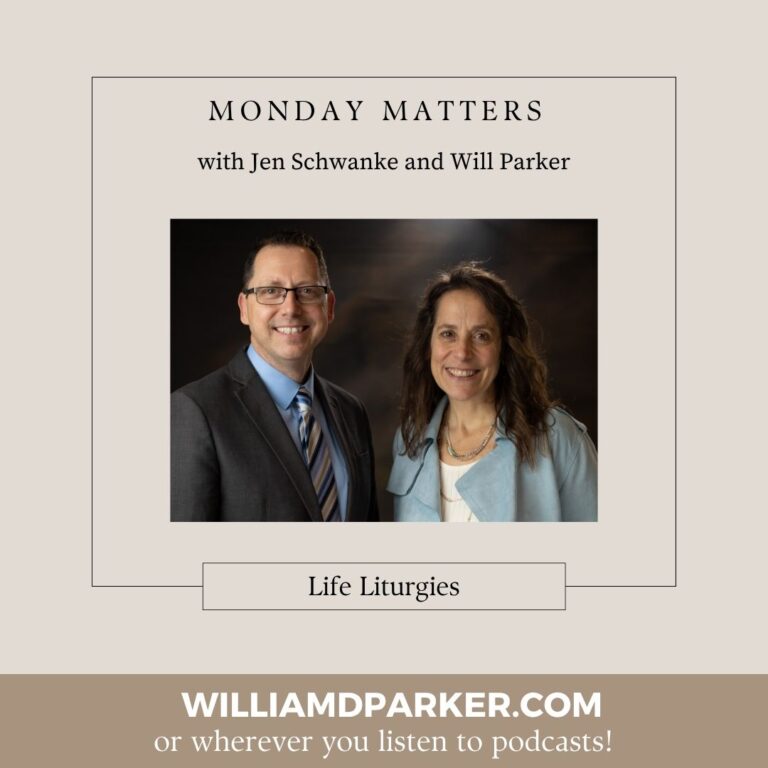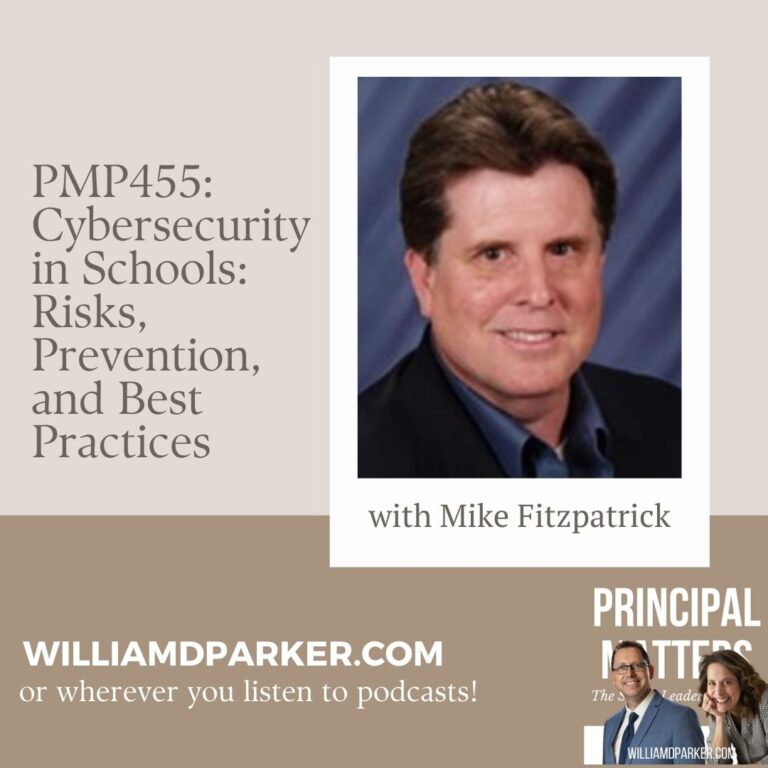One day when I was a young teacher, I was shopping at a local grocery when I saw a very large man talking to a teenage girl down the aisle from where I was standing.

I couldn’t hear what he was saying, but he was moving his hands aggressively, and she was backed against the shelves behind her.
I did what I believe most teachers would do: I walked over and asked what was happening.
“Butt out,” the man told me. He was at least a foot taller than I and outweighed me by at least 50 pounds.
I turned my attention to the girl. She was wearing a worker’s uniform. “Are you frightened?” I asked.
“Yes,” she said. “He’s married to my mother, but he’s not supposed to have contact with me. I’m just trying to get to work.”
“This is none of your damn business,” the man said stepping between us.
I ignored him. “You go to work,” I told the girl looking around him. “And I’ll inform management of the situation.”
She turned and headed for the back of the store. Once she was a safe distance away, I turned and headed for the front of the store with man following on my heels. When I found the manager, I only had a few seconds to tell him what was happening when he saw the man approaching and said, “I’ll call the police. We’ve had conflicts with him before.”
After I had left the store, I thought about what could have gone wrong in the scenario. But I also knew that a girl’s safety was more important than the risks to my own.
What Would a Strong Leader Do?
As an educator and school leader, I’ve been faced with many other scenarios inside and outside the school setting that require taking some kind of risk. I once heard someone say that leaders can cultivate courage by asking, “What would a great leader do in this situation?” That question is good motivation to move beyond the convenient choice.
For instance, if someone needs accountability, it is easy to overlook poor choices because of how much time and energy it will take for correction. The courageous decision, however, is to address concerns rather than avoid them.
I was listening to an episode of a TED Radio Hour interview of Margaret Heffernon about her book, Willful Blindness: Why We Ignore the Obvious at Our Peril, a story about Gayla Benefield.
Benefield lived in a small town in Libby, Montana, where she discovered that a disproportionate number of people in her community were dying of lung cancer. She began to investigate the commonalities among them and found that area mines were creating asbestos-filled dust that spread throughout the town.
Her attempts to bring this news into the light created a backlash. She was ridiculed as a troublemaker. The presence of asbestos in the mines threatened their existence and the jobs of many in the community. It eventually took a lawsuit for mining officials to be held accountable for the asbestos exposures. Years later, her courage has been vindicated by the number of lives now saved by the cleaner air in her town.
When asked about her courage, Benefield said, “It’s important to remember–if any of us find ourselves in these situations–is that both choices are dreadful. The choice to say something is risky. The choice of saying nothing is risky. So I think courage is having the clarity to see the two bad choices. There is no safe path. But what you do know is if you don’t speak up, everything will stay the same.”
Conclusion
I’m not sure what kind of choices you’re facing, but if you are an educator, it’s a safe bet that you will face some tough decisions today. The courageous decision isn’t always the easy one, and even the best of leaders sometimes choose poorly. But when you’re faced with tough decisions–even two bad choices–resist the urge to sidestep the courageous choice.
Now It’s Your Turn
What are some courageous steps you can take today to make situations better for someone else or your entire school team today?
Sign-Up For Free Updates and Ebook
When you enter your email address below, you will automatically receive Principal Matter posts and a free Ebook, 8 Hats: Essential Roles for School Leaders. Let’s keep learning together!
Subscribe for free weekly updates and receive free e-book!
(function($) {window.fnames = new Array(); window.ftypes = new Array();fnames[0]=’EMAIL’;ftypes[0]=’email’;fnames[1]=’FNAME’;ftypes[1]=’text’;fnames[2]=’LNAME’;ftypes[2]=’text’;}(jQuery));var $mcj = jQuery.noConflict(true);
Principal Matters Podcast
Check out audio versions of Principal Matters posts at iTunes. Rate PMP at iTunes; when you do, it makes it more visible to others!
Principal Matters–The Book!

School leaders are very busy, so each of the twenty-four chapters is designed as a quick-read and followed with take-action questions for follow-up or reflection. If you want practical ideas on understanding your purpose, managing school teams, dealing with challenges, and leading with courage, action, motivation, and teamwork, go HERE to pick up a copy for you or your team.


